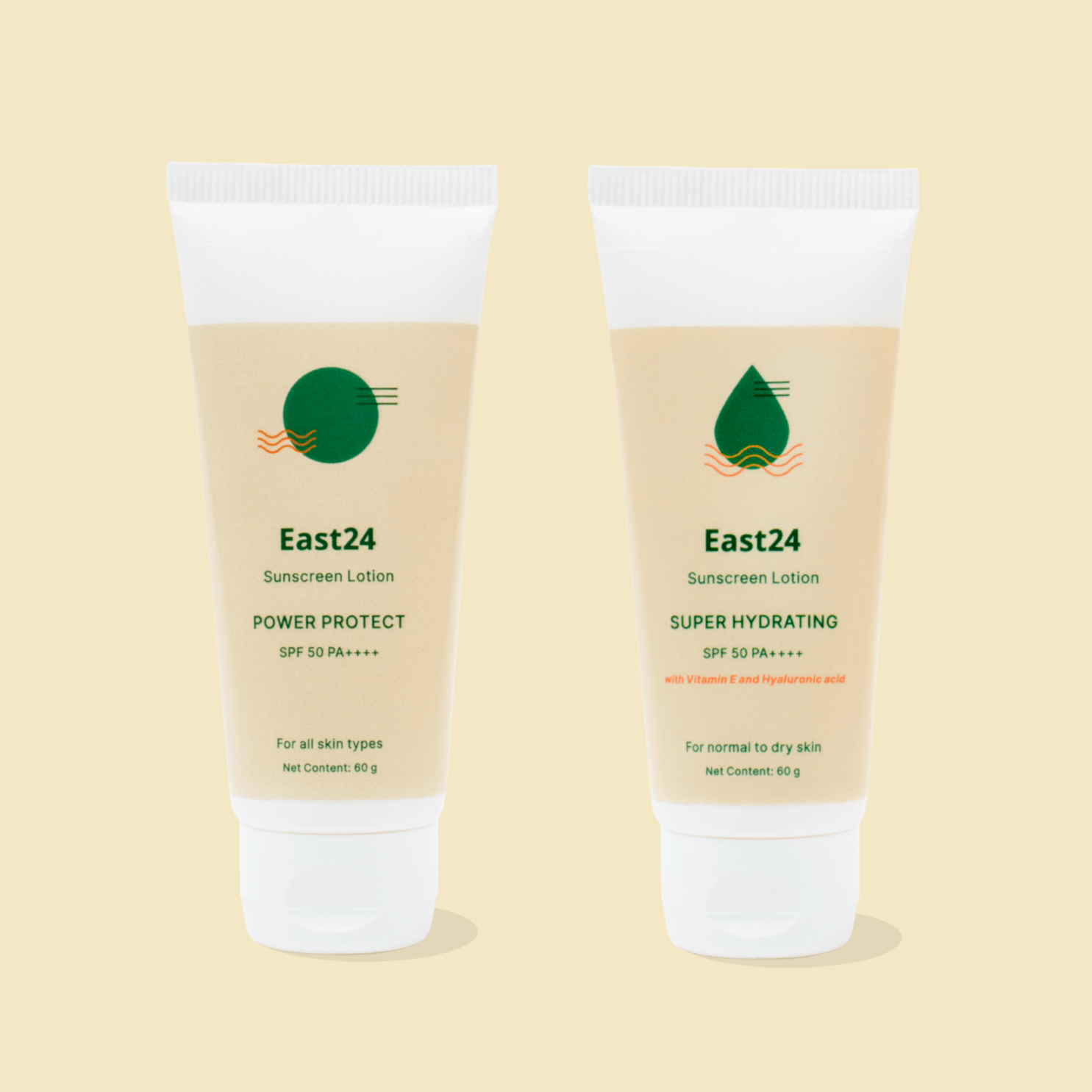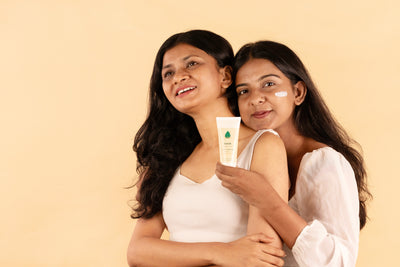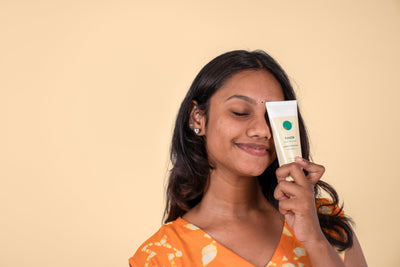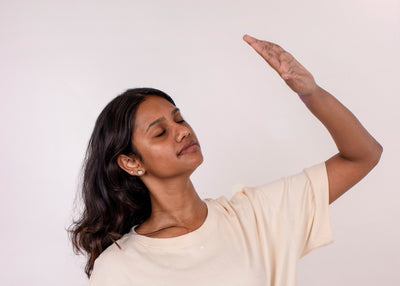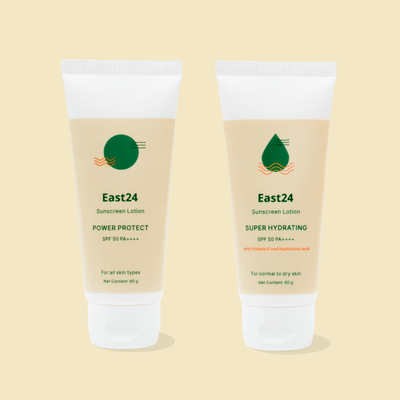SPF Isn’t a Magic Number
Let’s start with the basics. SPF = Sun Protection Factor. It measures protection against UVB rays (the ones that cause tanning, burning, and sunburn).
-
SPF 15 blocks about 93% of UVB
-
SPF 30 blocks about 97%
-
SPF 50 blocks about 98%
So SPF 50 isn’t double the protection of SPF 25—it just gives you a little longer before your skin starts reacting. What matters more is how much you apply and how often you reapply.
What About PA+++?
That’s for UVA protection—the rays that go deeper and cause pigmentation, wrinkles, and long-term skin damage.
-
PA+ = some UVA protection
-
PA++ = moderate
-
PA+++ = high
-
PA++++ = extremely high
For Indian sun and Indian skin, look for PA+++ or higher. UVA rays are sneaky—they come through clouds, glass, and even on “not-so-hot” days.
Broad Spectrum = Both UVA + UVB
Always check if your sunscreen says “Broad Spectrum.” That means it covers both UVA (ageing) and UVB (burning). If it doesn’t say that? It’s not enough.
Also, watch out for terms like “sunblock”—they’re outdated. And “waterproof”? No sunscreen is fully waterproof. Look for “water-resistant for 40 or 80 minutes” instead.
Other Labels That Actually Matter
-
Non-comedogenic = won’t clog pores (great for oily or acne-prone skin)
-
Mineral/physical sunscreen = uses zinc oxide or titanium dioxide, better for sensitive skin
-
Chemical sunscreen = lightweight and invisible, but may irritate some skins
-
No white cast = ideal for brown and dark skin tones
TL;DR: What to Look For
✅ SPF 30 or 50
✅ PA+++ or PA++++
✅ Broad Spectrum
✅ Reapply every 2–3 hours
✅ Choose texture based on your skin type (gel, matte, cream, etc.)
Sunscreen isn’t one-size-fits-all. But once you know how to read the label, you’ll know what’s right for your skin—not just your shelf.
